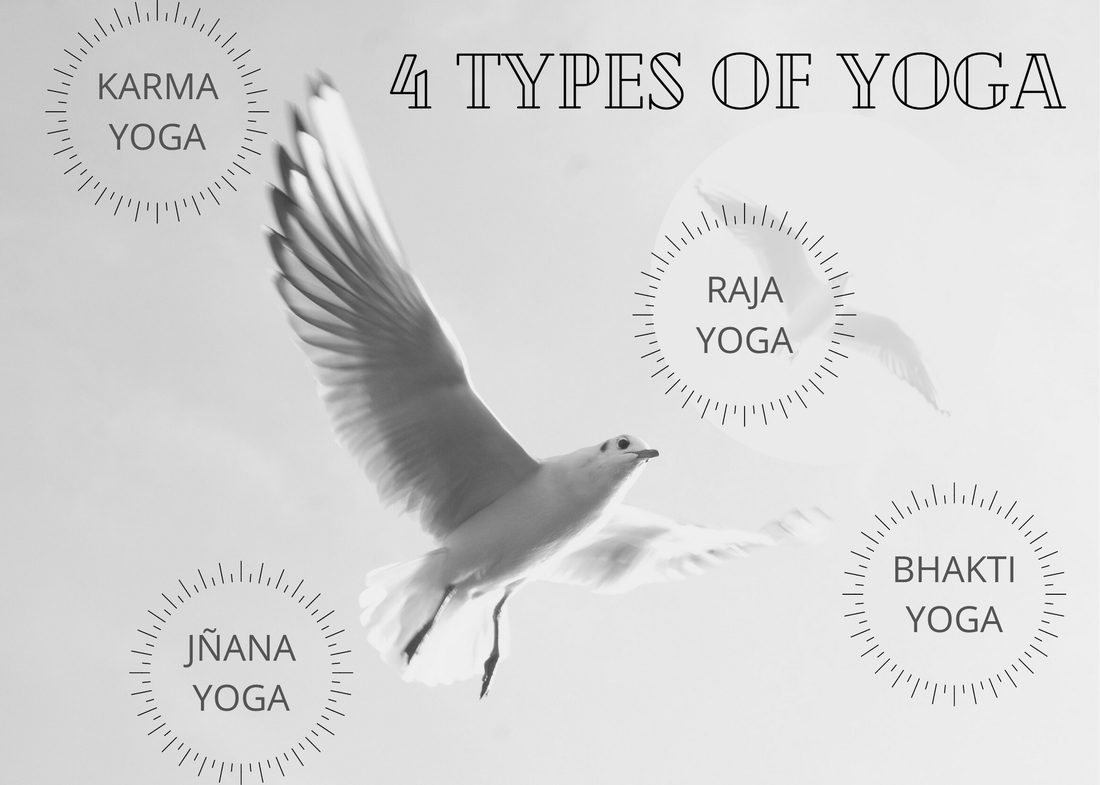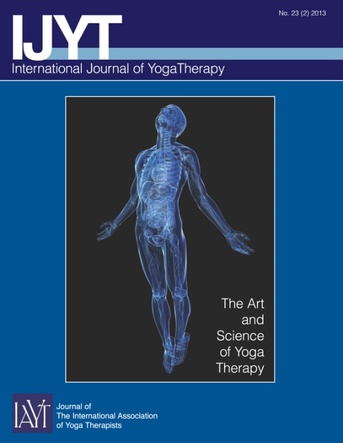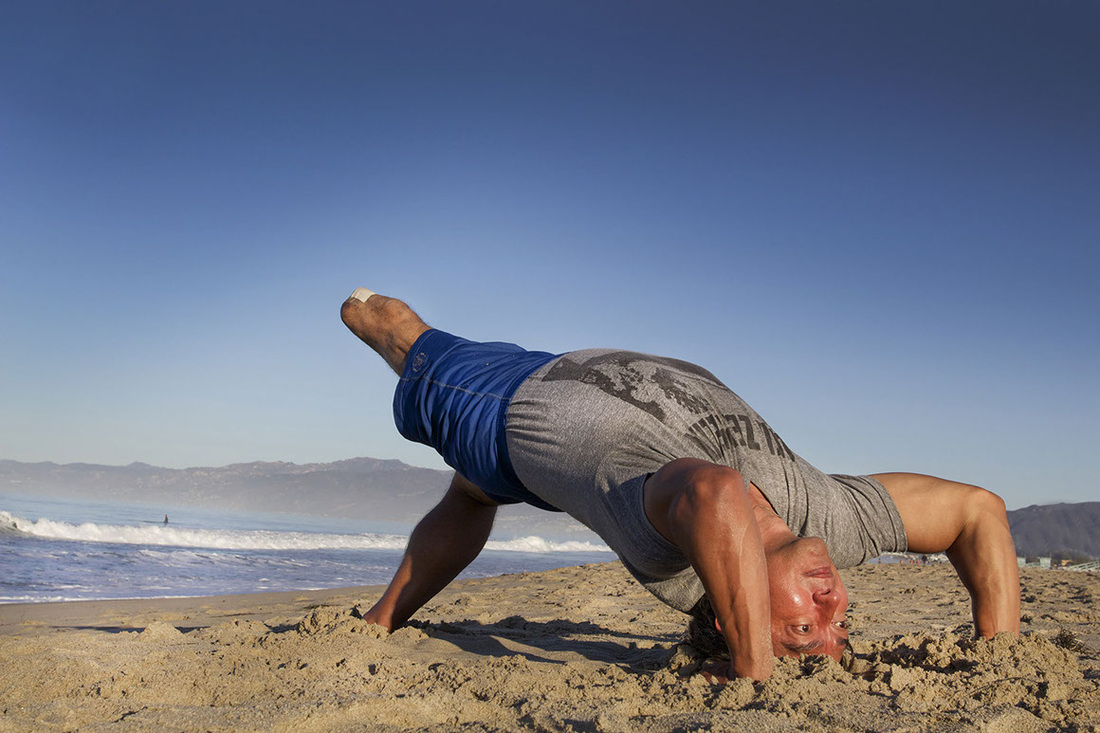|
Discovering which path of yoga to take can be confusing. Much of the confusion arises around the jargon of yoga and it may be intimidating at first. It's important to realize that it doesn't matter which path you take, as long as you enjoy it and are feeling positive effects. Each path leads to the same result.
Hatha yoga simply refers to the physical practices, such as asana (poses), pranayama (breathing exercises), kriya (cleansing practices),and yoga nidra (deep relaxation). The lineage of yoga I study, Integral Yoga includes all of these practices in hatha yoga classes. Some hatha yoga classes don't. Hatha yoga may also mean a style of yoga that emphasizes holding an asana for a few minutes. You will usually see yoga being described this way at a local yoga studio. It is in contrast to the various other styles of hatha yoga practiced at studios, such as vinyasa, ashtanga, anusara, yin, etc. The hatha yoga practices are part of the Raja (Royal) yoga path, which also includes practices such as meditation. This path is also called Ashtanga Yoga (the Eight-Limbed Path), based on Book Two of the Yoga Sutras, and is not to be confused with typical ashtanga classes on a studio schedule, which are usually a very vigorous style of hatha yoga. A person may practice Raja, Bhakti (devotion), Jnana (wisdom), and Karma (service) yoga. Bhakti yoga is the yoga of love. Any time we express devotion, we are practicing Bhakti yoga. A mother cuddling her child is practicing Bhakti yoga, as she is when she scolds him for running into the street. An artist creating a beautiful painting is also practicing Bhakti yoga. A pilgrimage to Mecca is Bhakti yoga as much as an artist creating a beautiful painting. Forgiveness is a powerful Bhakti yoga practice. Jnana yoga is the yoga of discrimination. This path is motivated by philosophy and self-inquiry; understanding the patterns that cause problems in our lives and learning to correct them. Karma yoga is a beautiful path dedicated to the service of others. Karma yoga is service without expectation. Service done for its own sake. On all paths, we are reminded not to become attached to the fruits of our actions. Having a direction is important, but we must perform the work along our chosen path for the sake of our work itself and not its result. I have heard these paths described as a bird. Raja yoga is the head of the bird, which provides vision, guidance, and discipline. Bhakti yoga and Karma yoga are the wings. They interact with the environment, allowing the bird to fly and negotiate the air currents that ruffle its feathers. Jnana yoga serves as the rudder, giving the bird direction. Most people use all four paths to some extent but have one path that is dominant. By exploring these paths as your interest dictates, you will have the stamina to dig deeper in your own practice. Use the practices which serve you. There are many ways to practice yoga and doing something - anything - is a good start. You will certainly find yourself more peaceful. This is our first "Jnana Yoga" post. In our Jnana Yoga posts, you will find information related to the philosophy and study of yoga. In the coming months, look for "Bhakti Yoga" and "Karma Yoga" posts, as well as further discussion of Raja yoga in our Jnana Yoga posts. Is there a particular path you'd like to know more about? Anything you'd like me to clarify?
6 Comments
Children who were typically developing also displayed positive effects. With "decreased body dissatisfaction, anxiety, and negative behavior" detected.
While these are promising results, the authors note that more work has to be done before we can draw definitive conclusions. Some of the studies have methodological limitations, such as small sample size and lack of randomization or statistical rigor. Though research in yoga is emerging, we still have a long way to go in proving the many anecdotal beneficial effects we may observe in our own practices. What kinds of yoga studies would you be interested in reading about? *Serwacki, M.L., & Cook-Cottone, C. (2012). Yoga in the Schools: A Systematic Review of the Literature. International Journal of Yoga Therapy, 22, 101-109.  Five Keys is proud to announce the hiring of our new instructor, Elizabeth Franklin. Elizabeth teaches the YSC Method and is RYT-200. We are happy to incorporate Elizabeth's warmth and understanding into our growing business. Her experience in special education makes her an extra special find. Elizabeth Franklin Elizabeth began practicing yoga as a way to stretch deeply after running. Her interest and passion grew with every class. She fell in love with the flow of body and music, and the self-compassion the practice fostered. This fire led her to complete CorePower’s 200 hour teacher training this past spring. It was during this time, that Elizabeth realized how a yoga practice could benefit her special education students as well, for a variety of reasons- building more core strength to better sit upright in a chair, breathing through anxiety, reducing anxiety, increasing body awareness when moving through the classroom, and increasing limb coordination. Excited about this revelation, Elizabeth stumbled upon Yoga for the Special Child. She realized that this is her calling, and a perfect fusion of her passions. Having recently moved back home to Chicago, Elizabeth is overjoyed to be a part of the 5 Keys Yoga community and help guide children through their practice.
|
Archives
July 2024
About
Just some thoughts about yoga as I go... Categories
All
|
FIVE KEYS YOGA
|
WHAT OUR CLIENTS SAYFive Keys is fantastic! The studio is lovely and soothing, and the teachers are very caring and attentive. |
I've ... probably been to 25 different yoga studios. This is one of the most welcoming, calming spaces with very talented instructors. |
I love this yoga studio. It's a great balance of a good workout and relaxation and feels like a real community. |
An ideal studio for someone new to yoga. |




 RSS Feed
RSS Feed
